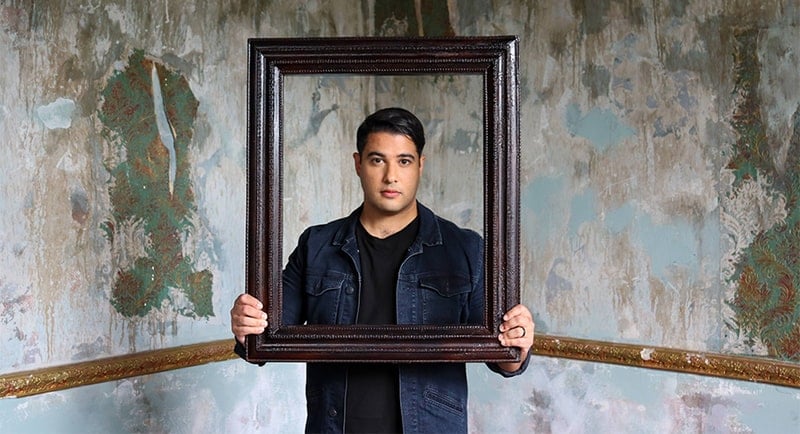If you owned a Picasso, you’d notice if it went missing, right? Think again. When Pablo Picasso’s Weeping Woman simply vanished from the walls of The National Gallery of Victoria in 1986, what ensued was a true crime sensation that played out in the daily headlines, as thieves openly taunted authorities with a series of bizarre ransom notes. Fingers were pointed, mud was thrown, and suspects were interviewed and discarded – but that’s only the beginning.
In a four-part SBS documentary event, Framed follows Walkley award-winning journalist and The Feed’s Marc Fennell in a series of twists and turns like no other, as he unpacks the who, how, and why of this infamous heist.
In the ‘80s, Melbourne’s modern arts scene was raging, and on a collision course with the old school sensibilities of The National Gallery of Victoria. More commonly referred to as the NGV, the top tier institution was in desperate need of a facelift to drive more patrons through its doors. The answer? A Picasso. The grieving woman painted in acidic green and purple, titled Weeping Woman, was considered a 20th century masterpiece by the gallery, but the Victorian public had trouble looking past the eye watering $2 million AUD price tag. Not only was this the highest sum any Australian gallery had paid for any artwork in this country, but it was also completely uninsured.
This divisive purchase became the talk of the town, and it’s a conversation that continues today. The director of the NGV at the time, Patrick McCaughey said, “This painting will haunt Melbourne for the next 100 years.” He was soon to learn how right he was.
The media was the first to alert the NGV of the painting’s disappearance, having received cryptic, taunting letters from a group calling itself ‘Australian Cultural Terrorists’. What’s more, the painting was missing from the gallery’s second floor for two days before anyone realised. The thieves held the NGV and state government to ransom. Dozens of forgeries of the painting magically appeared from Sydney to Adelaide. There were even accusations that it was an inside job. Was it a forger’s plot, a political act, or just a joke gone wrong?
Marc Fennell transports viewers back to where it all started, with first-hand accounts from the people who were there at the time and experts in the field, including journalist Virginia Trioli, chief conservator of the NGV from 1984-2006 Thomas Dixon, cultural critic and arts journalist Ashley Crawford, artist and activist Gabrielle de Vietri, journalist Margaret Simon, former detective sergeant Bob Quigley, and more. The story uncovers a network of friends and enemies who have spent decades trading in half-truths and speculation to settle scores and crush rivals.
Marc Fennell said: “Art crimes don’t come much stranger than this. There is a community here that has been keeping this a secret for more than 35 years. It’s an essential part of Melbourne’s mythology, but it also had a powerful domino effect on innocent people. This crime left a trail of ruined reputations, careers, and lives all the way to the United States and beyond. There’s a very human story here that deserves to be told.”
Framed will be available to stream on SBS On Demand on Sunday 26 December with subtitles in Simplified Chinese and Arabic.
